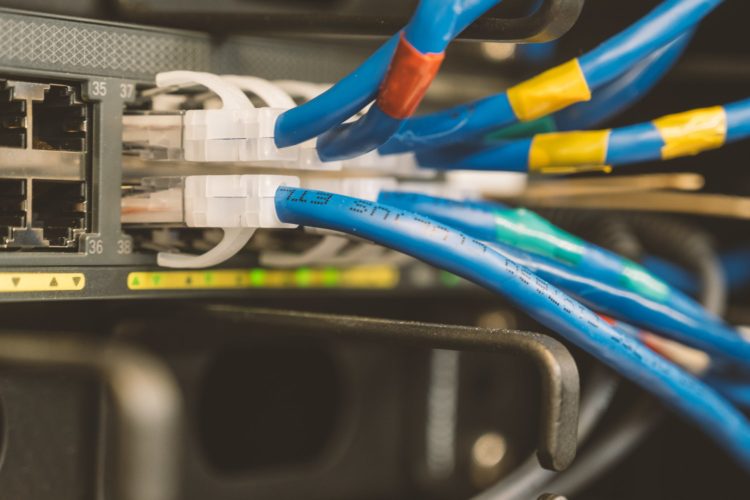With entire industries continuing to suffer the economic effects of the COVID-19 pandemic, some business leaders may decide it makes more sense to sell, or be acquired, than it does to struggle to turn a profit.
On the other side of the coin, businesses interested in expanding their portfolios or offerings are ready to make a deal: EY predicts M&A activity is likely to accelerate in 2021 and beyond “as companies position themselves for improved economic activity and reframe their future for the post-COVID-19 pandemic era.”
Reuters reported M&A deals involving Asia Pacific firms totaled $1.2 trillion in 2020 — up 12% from 2019 — with seven of the year’s 10 largest transactions announced in the third quarter.
But organizations may not be able to simply sell their business “as is” and get the price they want, particularly if their IT infrastructure and technology are outdated.
The IT asset equation in M&A deals
Buyers are acutely interested in a potential acquisition’s technology setup because it is critical to M&A success. For starters, IT infrastructure dictates how fast and how easily the buyer can accommodate, absorb, or unite with the seller.
Buying a company with digital transformation capabilities also will be a key “offensive M&A strategy” in 2021 that can help an acquiring firm transform its own business to safeguard the future, according to Deloitte.
Perhaps most critically, purchasing businesses with outdated technology can impact the buyer’s revenue and the lifetime value of an acquired brand. Consultants that advise private equity firms and other acquiring entities even have a term for outdated or inadequate technology environments: “technical debt.”
Why technical debt matters
These consultants typically instruct their clients to take a good look at the technology posture of any company they’re considering buying, to ensure they get the most out of an investment. If a pre-deal audit reveals a company’s IT infrastructure is not up to modern standards, the buyer now has the leverage to renegotiate to a lower price.
Any business entertaining the idea of selling in the next few years shouldn’t wait for a buyer’s audit to reveal its technology environment is lacking. Instead, business owners should conduct their own audit now and learn what they need to upgrade to get the maximum value for a sale.
For example, any company still running operations on a multiprotocol label switching (MPLS) infrastructure or other decentralized networks should consider upgrading to a more modern option, such as a managed-services software-defined wide-area network (SD-WAN).
Moving to an SD-WAN can simplify network management now, while also offering potential future buyers some attractive qualities that can boost a company’s valuation:
- A company’s IT infrastructure impacts the speed and smoothness of integration with the acquiring firm, which thus determines how fast an acquirer can start reaping the value of their investment.
- SD-WAN managed services allow a firm to turn on and connect assets quickly, and — depending on the equipment and/or vendor — they can protect sensitive personal and financial data and traffic, so the security of the firm’s existing environment is not compromised.
- SD-WAN can act as a network overlay that would allow a buyer to integrate multiple locations dispersed across a geographical area at the network level. A PE firm or acquiring company thus can connect everything in its portfolio under one network — even if some of the brands are still running on legacy systems — and keep multiple branches running under a common business model as the firm begins refitting locations.
- An M&A process can take anywhere from six months to years to finalize. Diversity of managed communications, combined with the intelligence of SD-WAN, can improve uptime. This reduces the risk that networks, devices and systems go down and interrupt business at the store level — so buyers keep pulling in revenue throughout the M&A process.
- Using a combination of managed wireless and IP connectivity with SD-WAN instead of purely MPLS can lower or eliminate circuit costs for businesses operating in a mix of rural and urban markets. This saves the company money now while offering future cost savings to potential buyers.
- An acquired brand’s network must be able to support future technology upgrades desired by “offensive-M&A-strategy” buyer with an eye toward digital transformation.
- Because SD-WAN can use the best network route available at any given time, it allows different types of network traffic to be prioritized as needed. This provides redundancy and allows a business’s network to support the internet of things (IoT) and digital transformation initiatives.
Thoughts for the road
As M&A and consolidation activity continues to heat up, upgrading networking technology now positions companies to get the best price for their brand or locations. Investing in dynamic network technologies like SD-WAN managed services will help a business modernize and boost their brand’s value for any future deal while providing them with a faster, more reliable, more secure network in the meantime.




